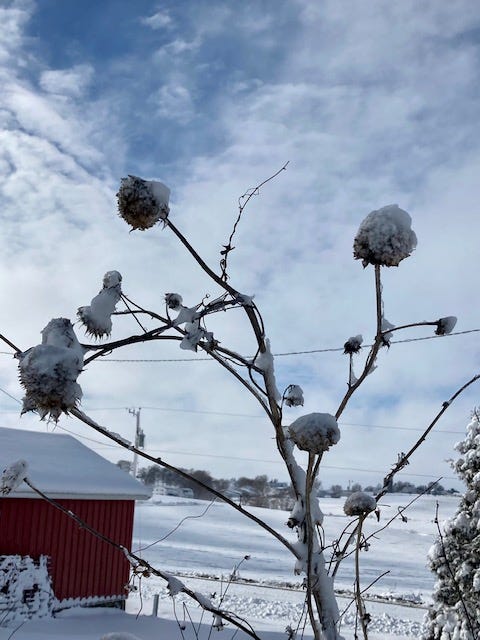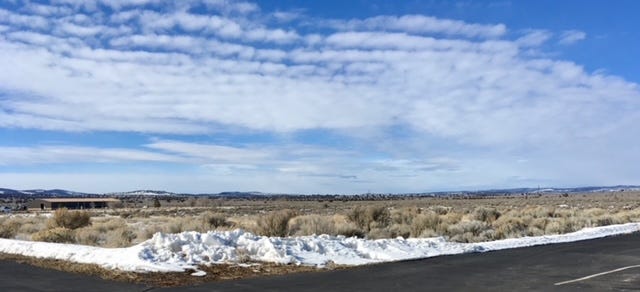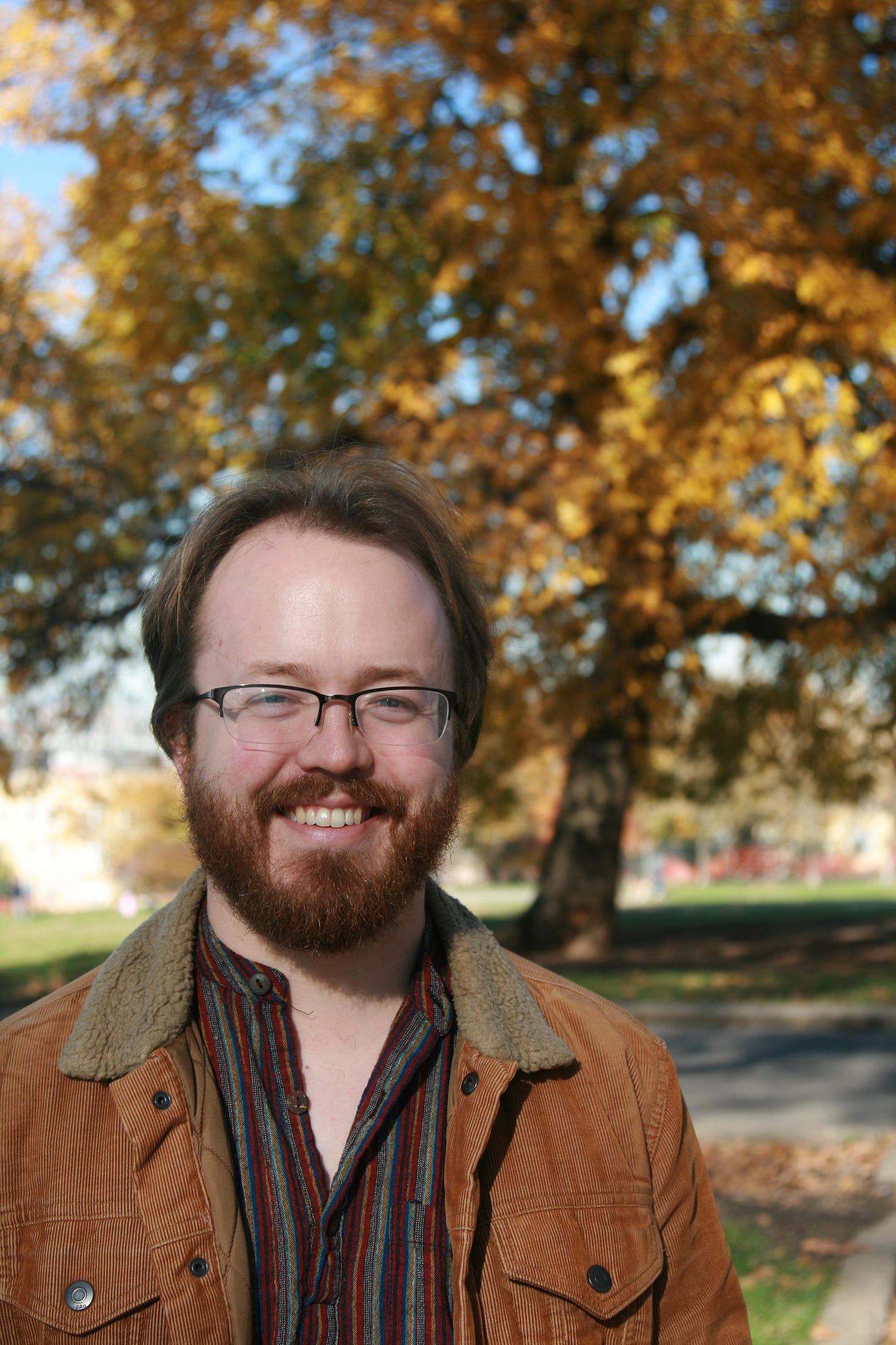
The winter is the best season of the four because there is more mystery in it. There is a new and strange spirit in the air. There are strange bird-calls in the depths of the still white woods. There are strange makers in the new-fallen snow. There are soft noises when the snow drops from the trees. There are grotesque figures on the old fence. There is the warm brown pathway of the brook still winding up between oozing banks. In the spring there are troops of flower-gatherers along the brook. In the summer there are fishers at the deep pools. In the fall there are nut-gatherers and aimless wanderers. In the winter the brook and I are alone. We know.
Most of us, I fear, look on winter with some feeling of dread and apprehension. It is to be endured. This feeling is partly due to the immense change that comes with the approach of winter. The trees are bare. The leaves are drifting into the fence-rows. The birds have flown. The deserted country roads stretch away into leaden skies. The lines of the landscape become hard and sharp. Gusty winds scurry over the fields. It is the turn of the year.
To many persons, however, the dread of winter, or the lack of enjoyment in it, is a question of weather. We speak of bad weather, as if weather ever could be bad. Weather is not a human institution, and it is not to be measured by human standards. There is strength and mighty uplift in the roaring winds that go roistering over the winter hills. The cold and the storm are a part of winter, as the warmth and the soft rain are a part of summer. Persons who find happiness in the out-of-doors only in what we call pleasant weather have not found the great joys of the open fields.
We speak of winter as bare, but this is only a contrast with summer. In the summer all things are familiar and close; the depths are covered. The view is restricted. We see things near by. In the winter things are uncovered. Old objects have new forms. There are new curves in the roadway through the forest. There are steeper undulations in the footpath. Even when the snow lies deep on the earth, the ground-line carries the eye into strange distances. You look far down into the heart of the woods. You feel the strength and resoluteness of the framework of the trees. You see the corners and angles of the rocks. You discover the trail that was lost in the summer. You look clear through the weedy tangle. You find new knotholes in the tree-trunks. You penetrate to the very depths. You analyze, and gain insight.
Many times in warm countries I have been told that the climate has transcendent merit because there is no winter. But to me this lack is its disadvantage. There are things to see, things to do, things to think about in the winter as in the spring. There is interest in the winter wayside, in the hibernating insets, the few hardy birds, and the deserted nests, in the fret-work of the weeds against the snow, in the strong outlines of the trees, in the snow-shapes , in the cold deep sky. To many persons these strong alternations of the seasons emphasize and punctuate the life. They are the mountains and the valleys. The winter is a part of the naturalist’s year.
The lesson is that our interest in the out-of-doors should be a perennial current that overflows from a fountain that lies deep within us. This interest is colored and modified by every passing season, but fundamentally it is beyond time and place. Winter or no winter, it matters not: the fields lie beyond.

Reprinted from Liberty Hyde Bailey’s The Nature-Study Idea: And Related Writings, edited by John Linstrom, a Comstock book published by Cornell University Press.
John Linstrom is a writer, editor, museum professional, and scholar. With an MFA from Iowa State University and a Ph.D. from New York University, he completed an AgArts residency at the former home of Liberty Hyde Bailey outside of Ithaca, NY. He now works at the Climate Change Museum in New York City.







So lovely! I'm looking forward to reading more Liberty Hyde Bailey, I have a big collection of his books about apples and horticulture but am just now discovering his other writings. I love the Nature Study movement, maybe we can get it to catch on again.
Beauty and truth! Thank you!